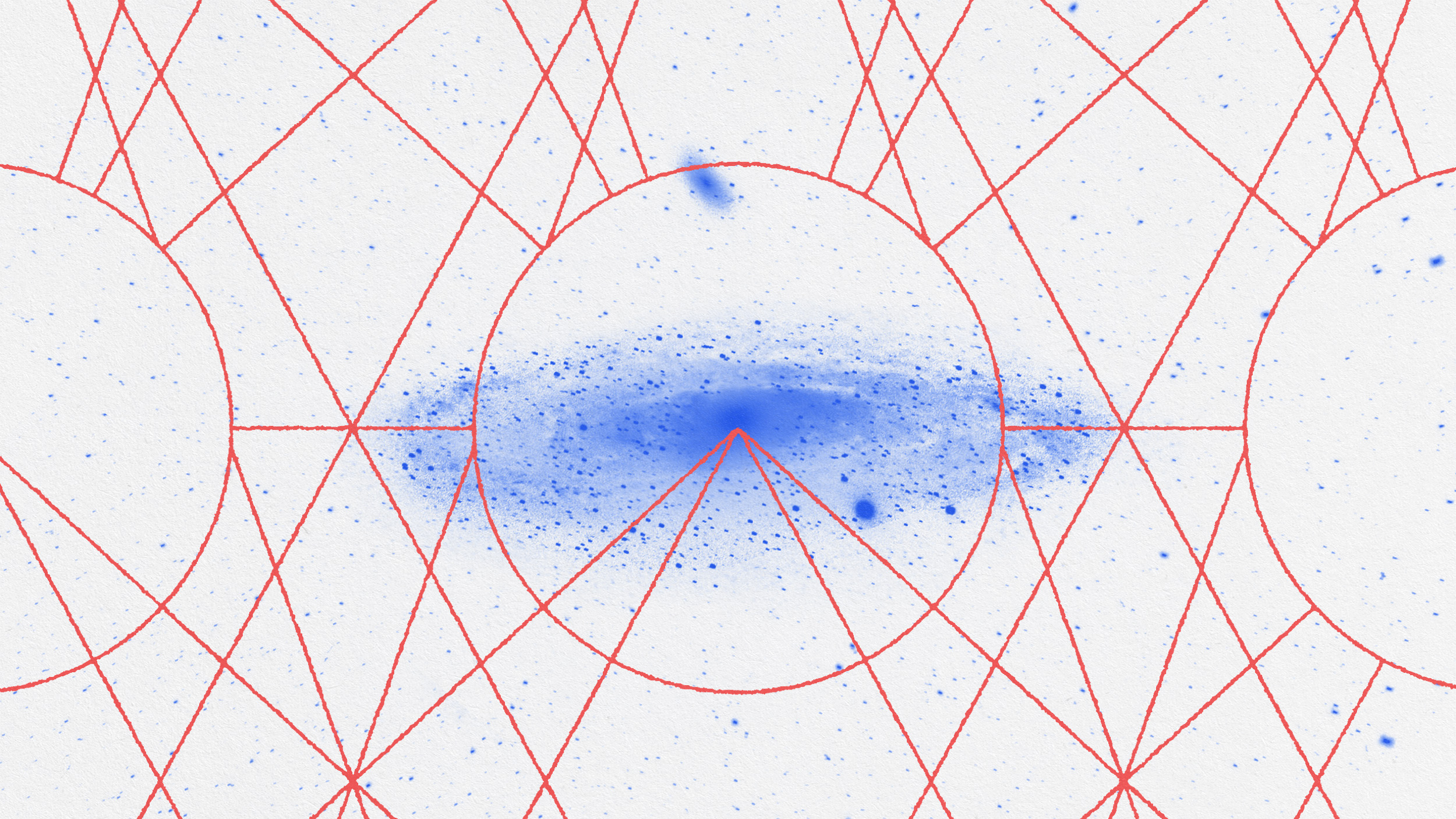How did mineral evolution shape our planet? Robert Hazen, a renowned mineralogist, shares his fascinating insights into the co-evolution of minerals and life on Earth.
Science has shown us that the universe started with a mere few dozen minerals, and those have since evolved into thousands. This discovery has proven that evolution does not only apply to living systems, like flora and fauna, but is relevant to non-living systems as well.
Hazen highlights a deeper connection between these living and non-living systems, emphasizing that all evolving systems share three critical characteristics: interacting components, the generation of new configurations, and a selection mechanism. Whether it’s atoms and molecules forming minerals, genes in living organisms, or musical notes creating new compositions, these principles apply universally.
When considering how living and non-living systems evolve alongside one another, we can begin to understand how truly connected all of the universe’s systems may be. Thanks to this knowledge, we may be closer to discovering our place in the cosmos.
Robert Hazen: A colleague asked me, "Was Mineral 'X' around at time 'Y' in Earth history?" He's putting a time axis on mineralogy, and this led to the idea of mineral evolution. You start with just a few dozen minerals that form planets in the earliest stage of our solar system, then 100 minerals, then 300 minerals, then 800 minerals, and 3,000 minerals. When life comes along, it makes another 3,000 minerals. That's evolution—an increase in diversity, patterning, and complexity. All of the same characteristics we see in the origin and evolution of life. Indeed, it's co-evolving because minerals helped trigger life, and life helps trigger minerals.
So, the co-evolution of all these systems is not just about minerals and life but also oceans, atmospheres, planets, technology, the arts, language, and many other domains. When the idea of mineral evolution first hit me, I said, "Gee, there's a connection here between living and non-living systems." We claim this is true because all of these evolving systems are conceptually equivalent in three absolutely critical ways.
First, you have lots of interacting components. They could be atoms and molecules, cells or genes, musical notes or words on a page, or even computer code. These different systems can be arranged in combinatorially huge numbers of ways, creating a vast potential configuration space.
The second thing is you have to have some way to generate a bunch of those configurations. This could be Earth mixing up atoms and molecules, life generating new combinations of genes, or composers creating new arrangements of notes on a page.
Third, there has to be a mechanism for selection. Darwin said, "It's survival of the fittest. It's passing your genes onto the next generation," and that's true for life. But in minerals, it's about being stable—you don't melt, dissolve, or weather away. In the case of music, it means that people buy your records. Out of every million songs written, maybe only a handful become number one hits on the charts. That's because of a selection mechanism.
This is a continuum of co-evolving, integrated systems. It's not just life; it's the whole shebang. The whole thing is evolving, and we are still part of that incredible, inspiring evolution of our cosmos.






